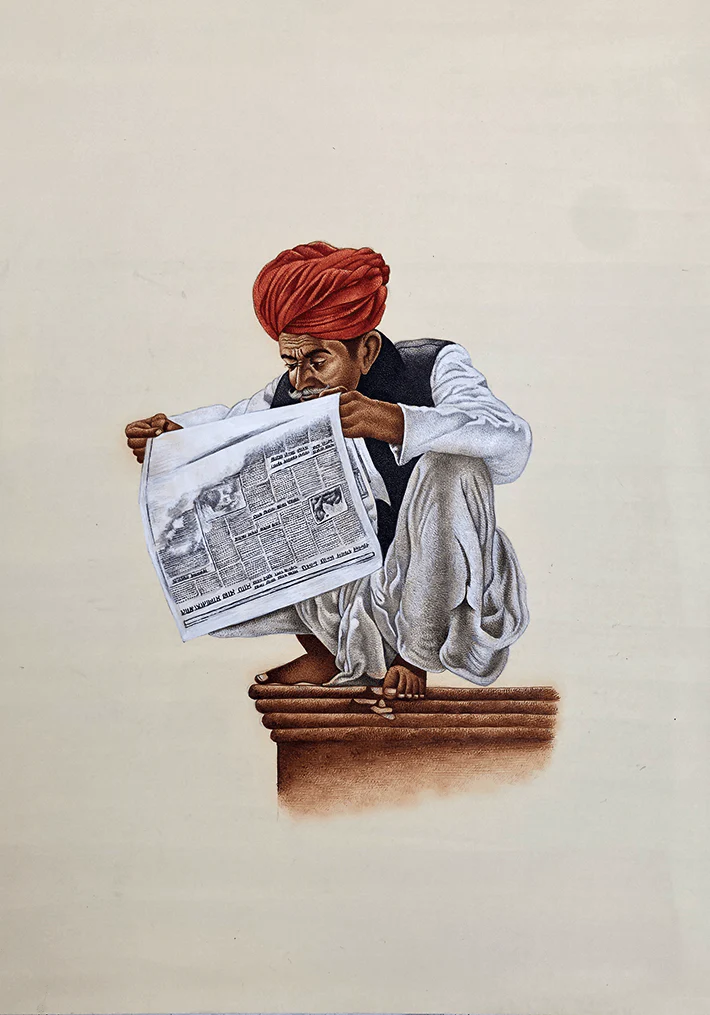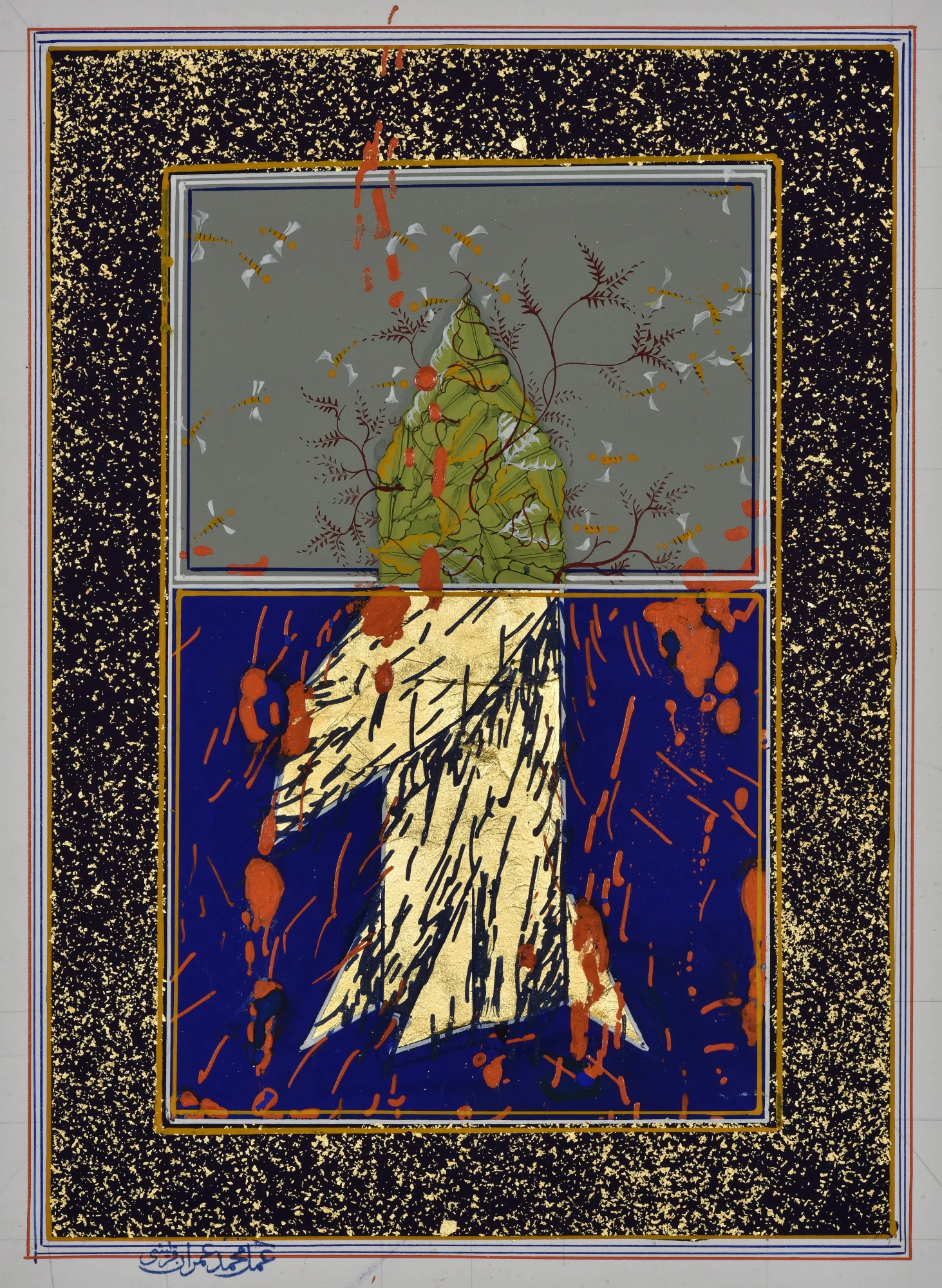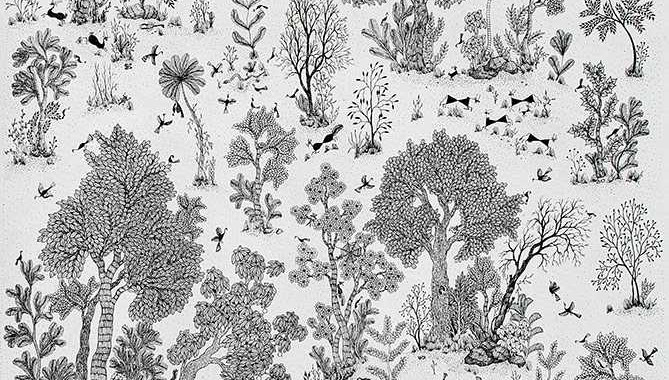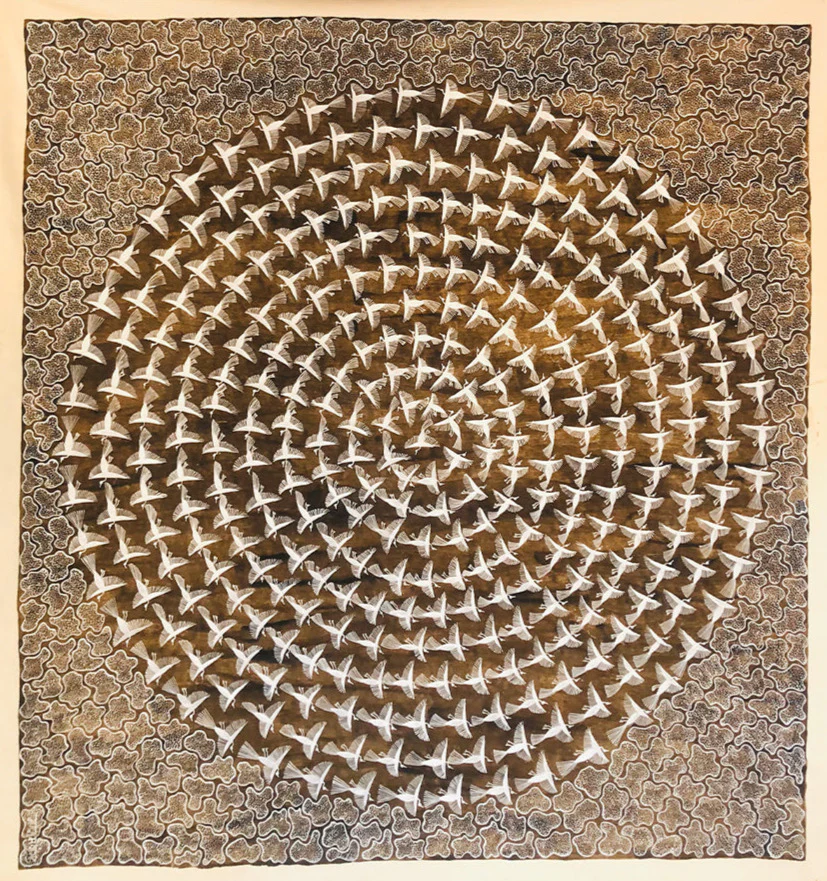Celebrating Indian Folk Art
- tanishagandhi96
- Oct 25, 2024
- 2 min read
Written by : Tanisha Gandhi

Indian folk art, a vibrant blend of tradition, storytelling, and craftsmanship, transcends time, offering a window into the cultural fabric of India. These artistic traditions, passed down through generations, serve as a visual language deeply intertwined with the spiritual and everyday lives of communities across the country. Unlike classical art, which often highlights individual expression, folk art is a collective identity, rooted in communal beliefs and rituals.
The upcoming online collection from Artha, in collaboration with Memeraki, is a celebration of this heritage. Showcasing the intricate handmade techniques and cultural narratives embedded within each piece, the collection aims to bring these timeless traditions into modern homes. Through this collection, we seek not just to admire the aesthetic beauty of Indian folk art but also to highlight its role in preserving our cultural roots in today’s fast-paced, digital world.
As we dive into the richness of India’s folk art, each region reveals its unique practices, steeped in history and meaning. While this collection covers a wide array of regional art forms, this article will highlight a couple of iconic examples, offering a glimpse into India’s diverse artistic landscape. These traditions are far from encompassing the entirety of India’s folk art, but they provide a powerful reflection of its enduring significance.
Miniature Painting
Miniature Painting is celebrated for its intricate details, vivid colors, and delicate brushwork. Originating from the Mughal and Rajput courts, these masterpieces depict tales from mythology, royal life, and nature. Each painting, meticulously crafted using handmade natural pigments, graces surfaces like palm leaves, cloth, and paper, making them powerful windows into history and tradition.
Warli Painting
Hailing from the Warli tribe of Maharashtra, Warli art employs simple geometric shapes—circles, triangles, and squares—to portray scenes from daily life, agriculture, and rituals. Traditionally created with white rice paste on mud walls, Warli paintings reflect the tribe’s deep bond with nature and community. Its minimalist yet expressive style captures timeless simplicity with deep meaning.
Cosmic Garden
The significance of blending contemporary art with artisanal heritage is also evident in the Cosmic Garden exhibition at the 2024 Venice Biennale. This collaboration between Indian artists Manu and Madhvi Parekh, alongside the Chanakya School of Craft, under Karishma Swali’s leadership, bridges modern art and traditional handcraft. The Chanakya School, a non-profit that empowers women through craft, trained 320 artisans to reinterpret the Parekhs' paintings using hand-embroidery. The exhibition, with its large-scale embroidered works on linen, jute, and silk, blurs the lines between fine art and craft, merging cosmic themes with spiritual narratives central to the Parekhs’ artistic vision.
Through the precise detail of Miniature Painting or the symbolic simplicity of Warli art, Indian folk art continues to inspire and preserve centuries-old traditions. By blending ancient techniques with contemporary approaches, as seen in collaborations like Cosmic Garden, these forms evolve, yet remain deeply rooted in their cultural origins. Artha’s collection serves as a bridge between past and present, bringing the rich heritage of Indian folk art into modern homes, ensuring its continued relevance and appreciation for generations to come.















Comments